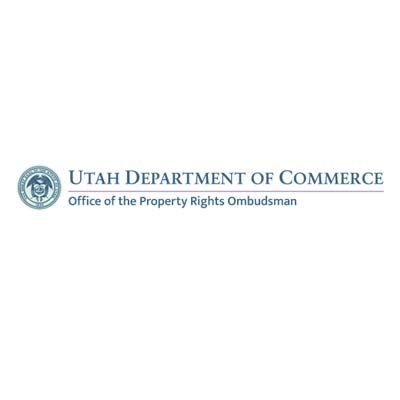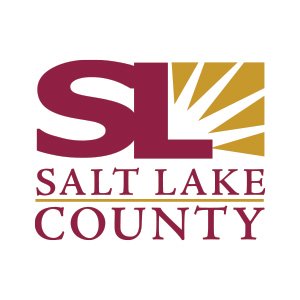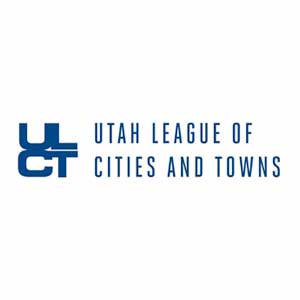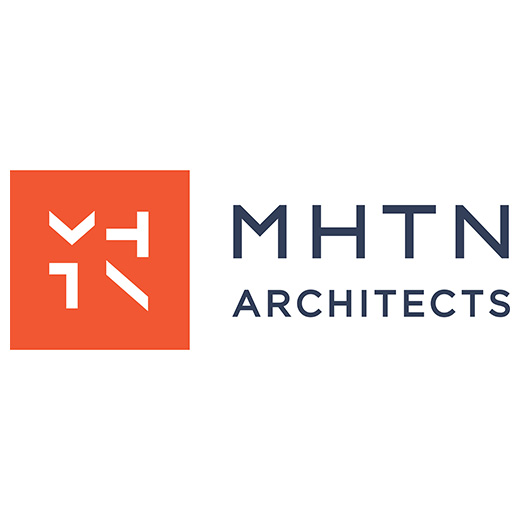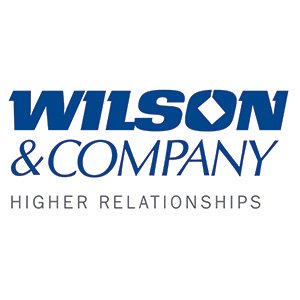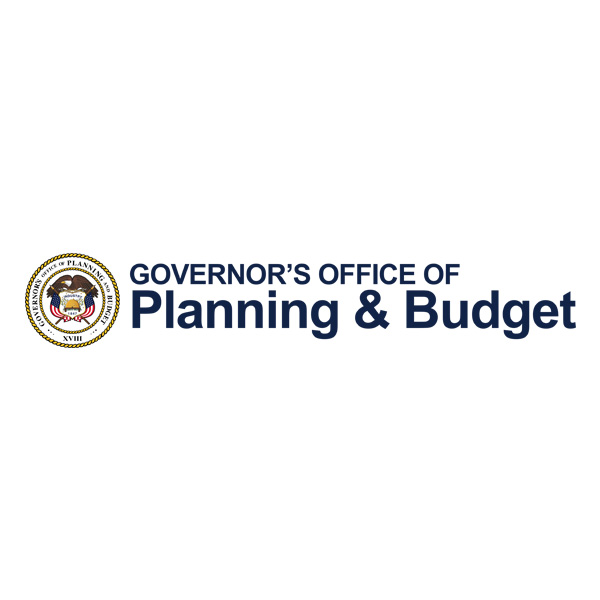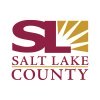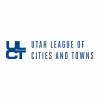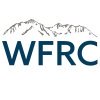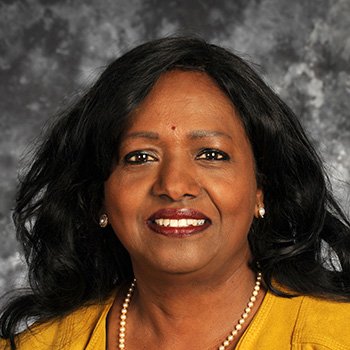
Jhansi Kandasamy
Executive Director
Idaho National Laboratory
Jhansi Kandasamy is INL’s Net-Zero Program Director. She brings 30 years of industry experience and leadership to her role, including as the former executive vice president of engineering for GE-Hitachi as well as in a variety of roles at Exelon’s Limerick Generating Station and Oyster Creek Generating Station, Public Service Enterprise Group (PSEG) Nuclear Salem/Hope Creek New Jersey, and the Philadelphia Electric Company (PECO). Kandasamy is past chair of U.S. Women in Nuclear (WIN) and co-founder of U.S. WIN Nuclear Executives of Tomorrow. She is also an American Nuclear Society executive committee chair member and co-founder of Atomic Allies. Kandasamy received her Master of Business Administration from Eastern University and her bachelor’s in electrical engineering from Pennsylvania State University.
Session(s):
Utilizing Microgrids to Meet Energy Demands »
2023 Fall Conference, September 29, 2023 3:50 pmIdaho National Laboratory (INL) is helping to solve the nation’s energy problems with innovative solutions. Microgrids that incorporate various combinations of solar, wind, batteries, and nuclear to provide secure, safe, and resilient carbon pollution-free energy are one critical example of such solutions. Integrated microgrids are capable of being scaled up or down to meet the diverse energy needs of communities that range from small towns to larger cities without adding extensive transmission and distribution lines. This presentation will share findings related to siting microgrids, scaling them to meet varying power demands, footprints, permitting, and safety. Given the nation’s aging energy infrastructure and the costs associated with upgrading transmission and distribution lines that run across vast stretches of the American West, this presentation will be informative for rural and urban planners seeking to increase resiliency while also meeting sustainability goals.
Net Zero Transportation Systems »
2023 Fall Conference, September 29, 2023 2:40 pmThe number of EVs on the road is projected to increase to 26.4 million by 2030. There is also a 45 percent growth rate anticipated for the Hydrogen Fuel Cell Vehicle Market between 2022 and 2029. This has significant infrastructure and economic impacts to both urban and rural communities, especially those communities situated along major travel corridors such as I-15 and US 20, which will need to prepare for increased EV traffic to national parks such as Zion, Arches, and Yellowstone. As a committed leader to demonstrating to communities of all sizes how to transition to clean, renewable energy sources, Idaho National Laboratory has committed to reaching net-zero carbon emissions by 2031—which includes transitioning a 600+ vehicle fleet with over 80 motor coaches that transport 2,500 employees each day—to low- and no-carbon options. INL’s multi-faceted strategy includes replacing fossil fuel-powered vehicles with electric and hydrogen vehicles, utilizing renewable fuels, and implementing necessary systems to make these shifts possible. This presentation will explore INL’s approach to installing the infrastructure to support this diverse set of solutions that links the urban Idaho Falls campus to the rural desert site over 50 miles away. The lessons learned from this effort are significant to both urban and rural planners seeking to meet the growing demand for a net-zero transportation infrastructure. Session attendees will learn what the future of EV infrastructure looks like and how to begin to plan now for both urban and rural applications.
 = Keynote
= Keynote


